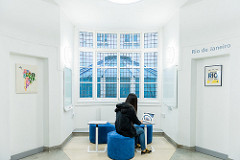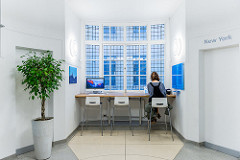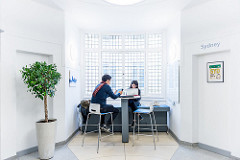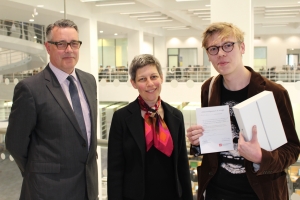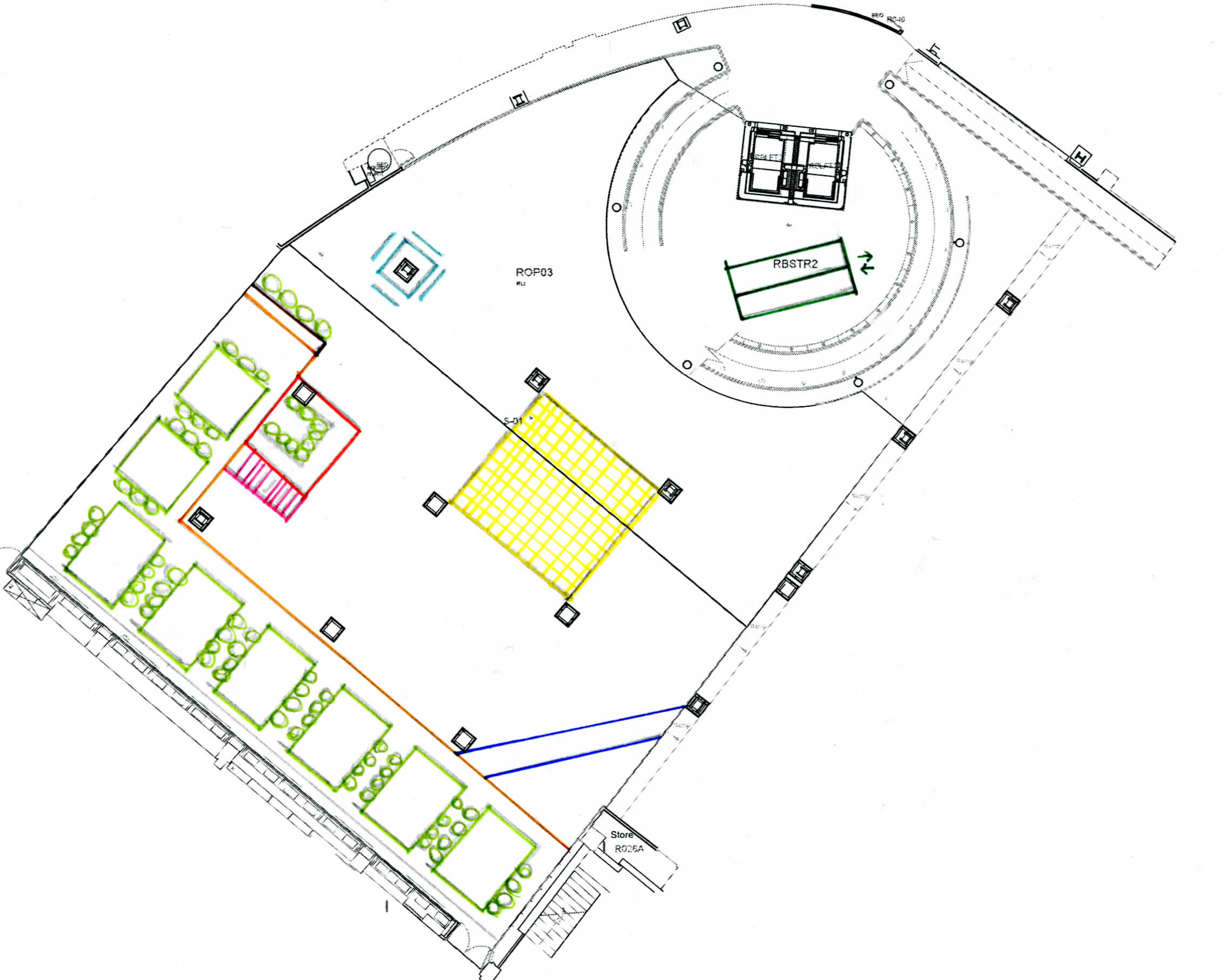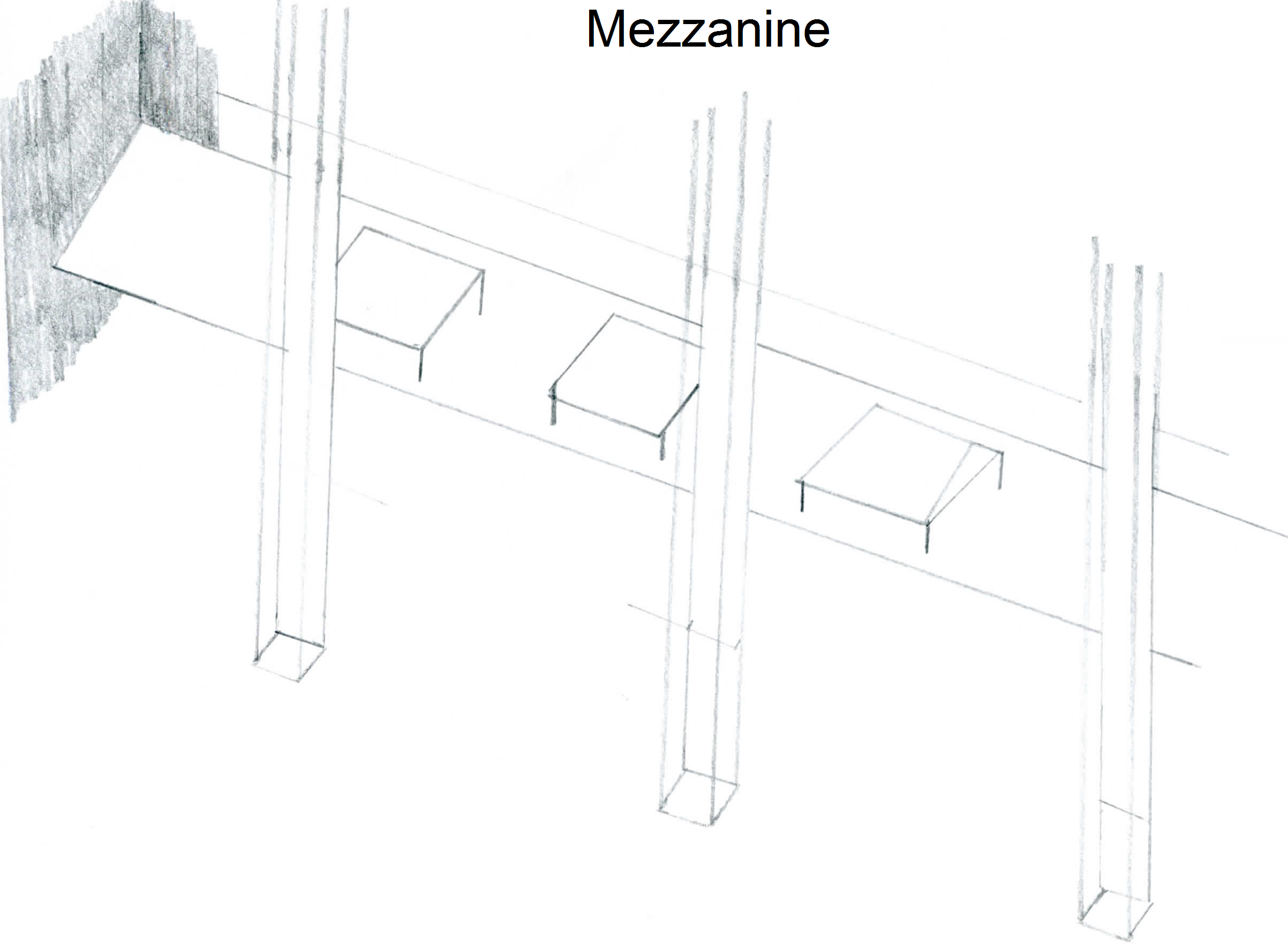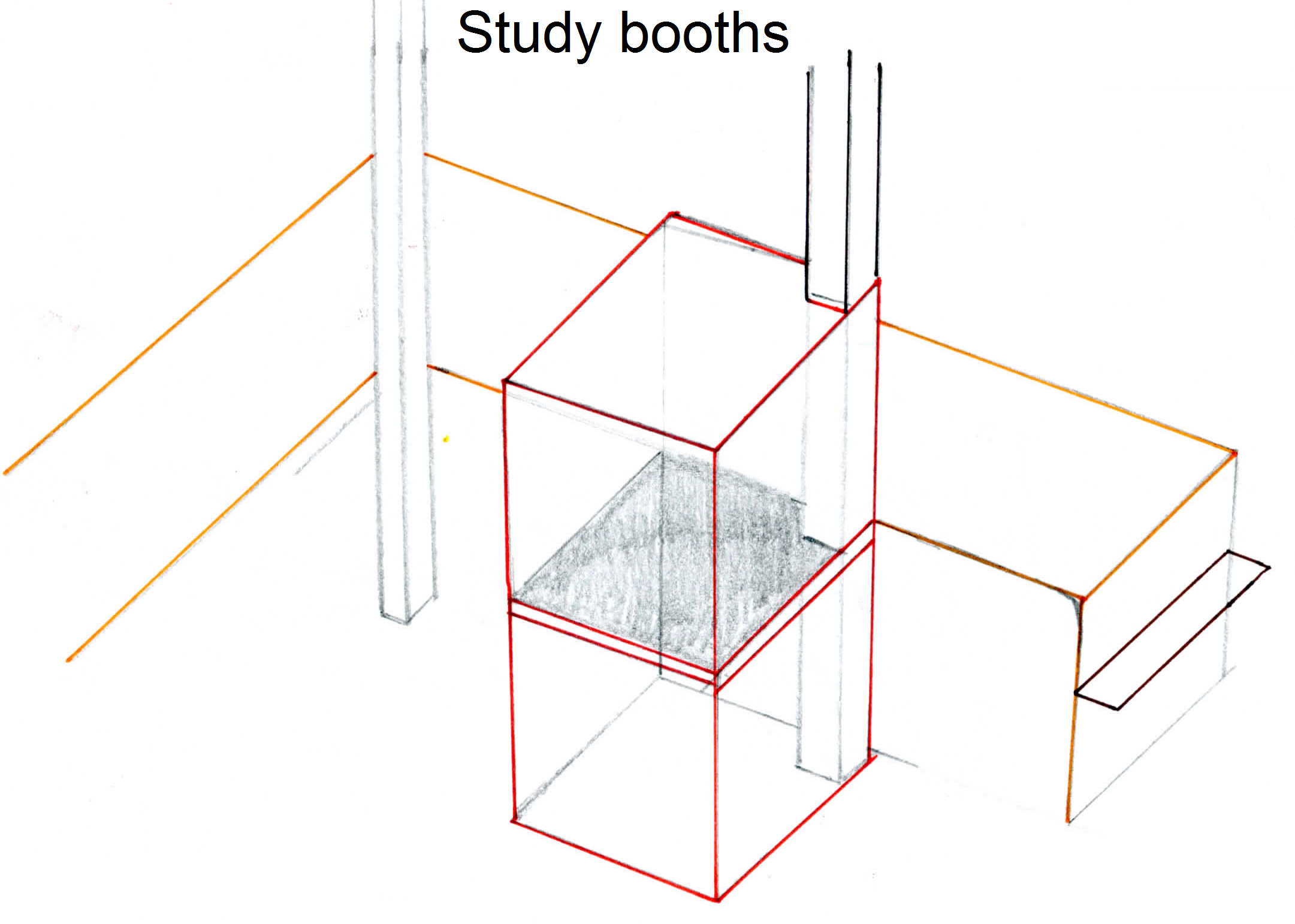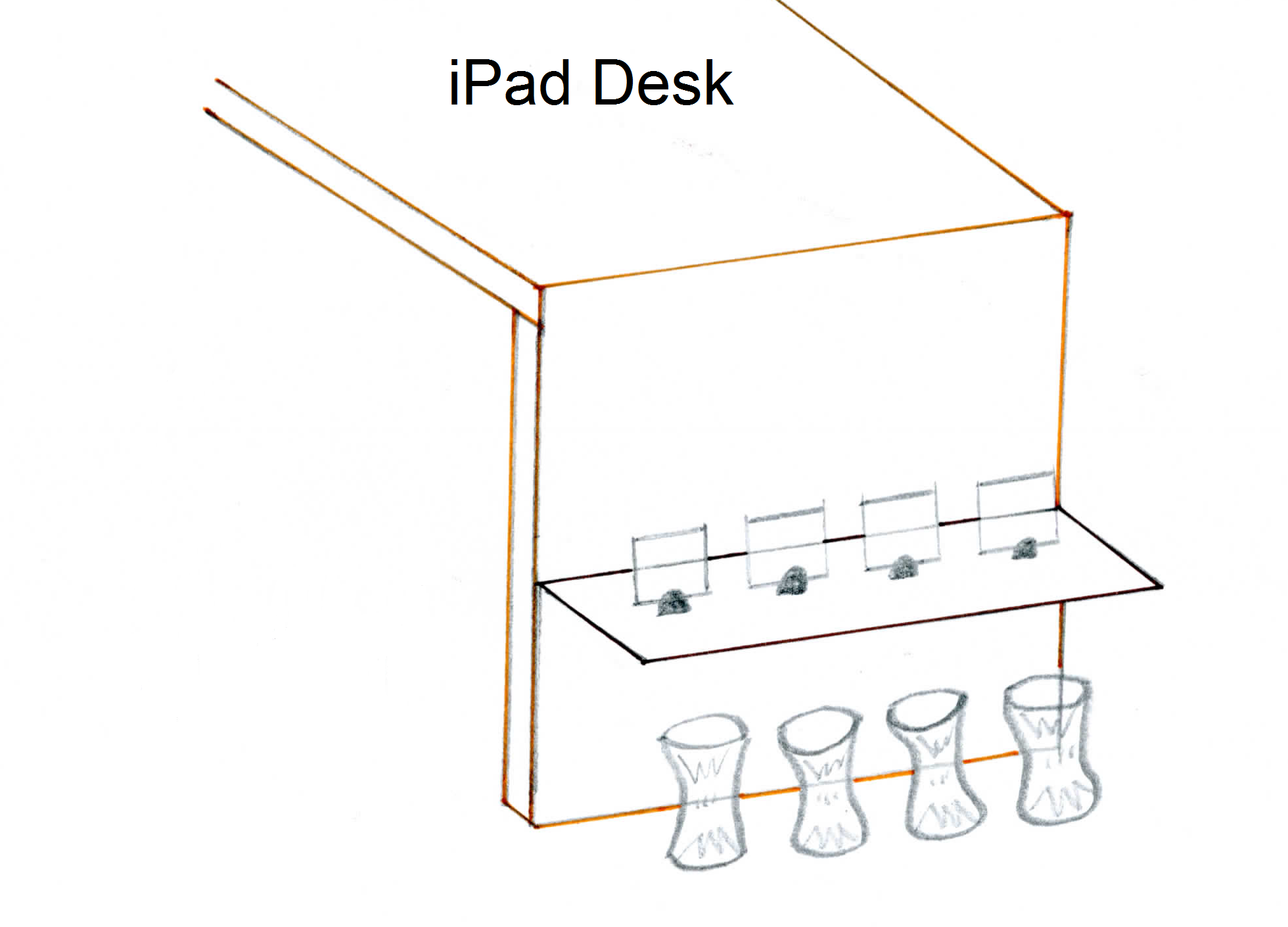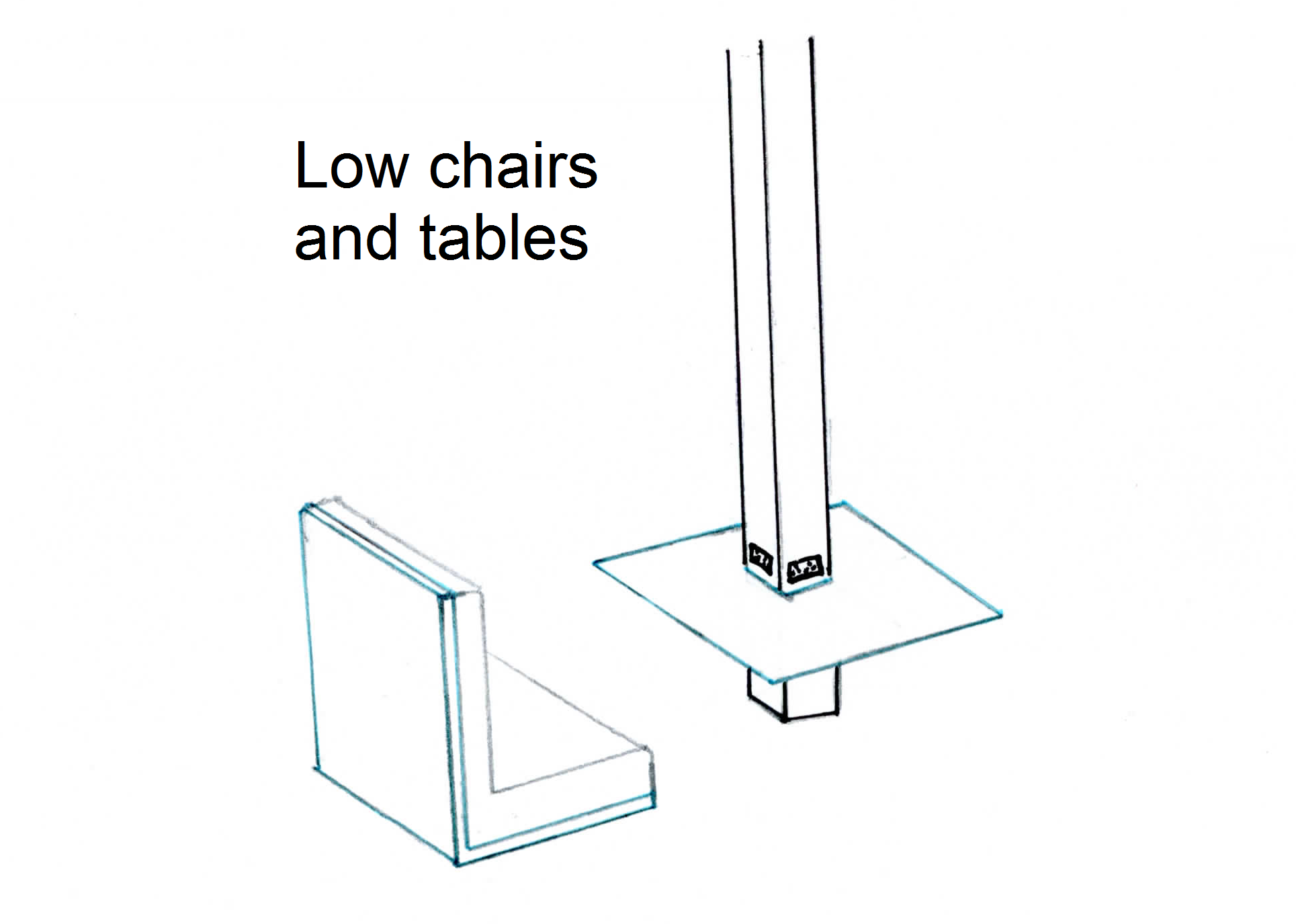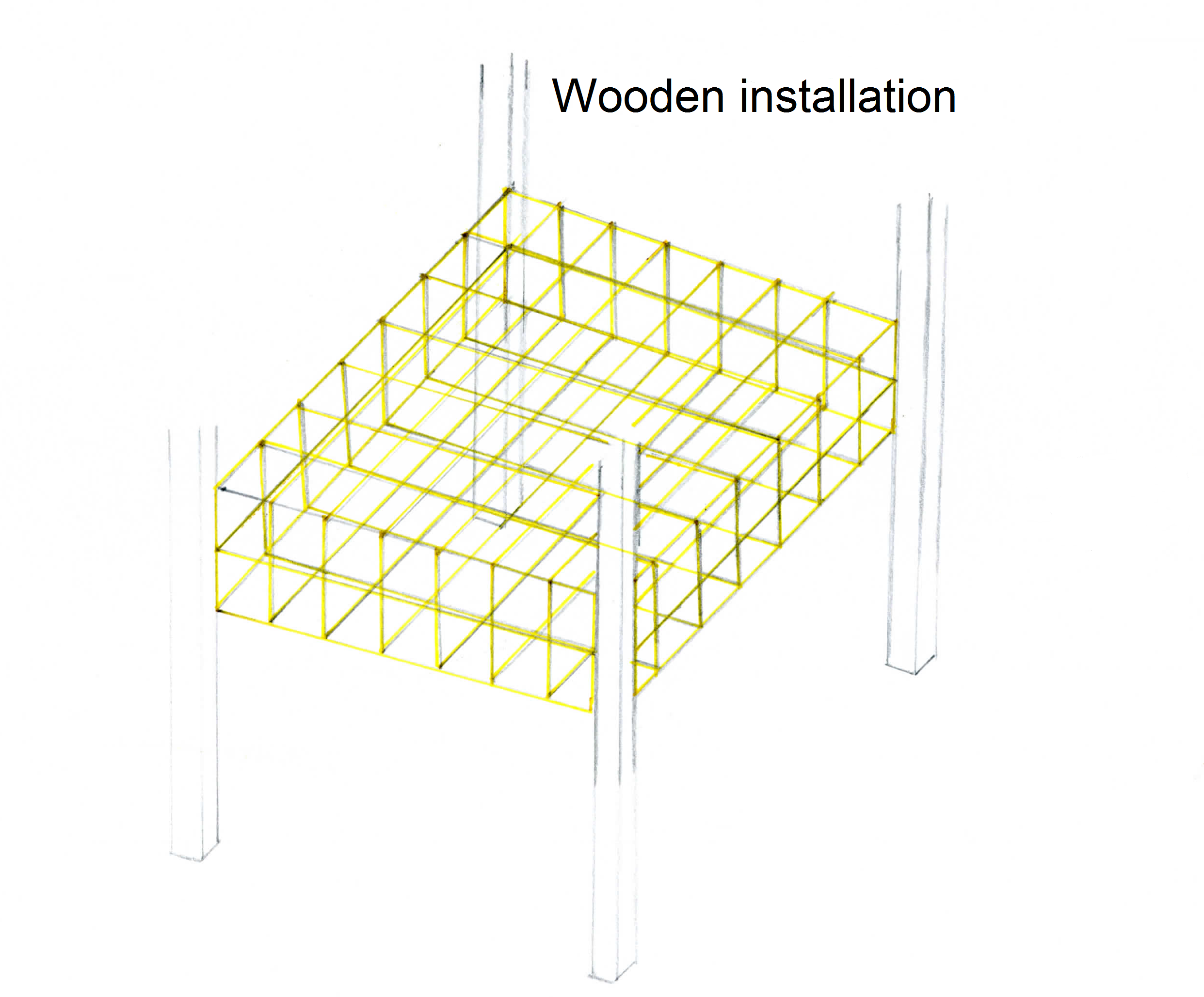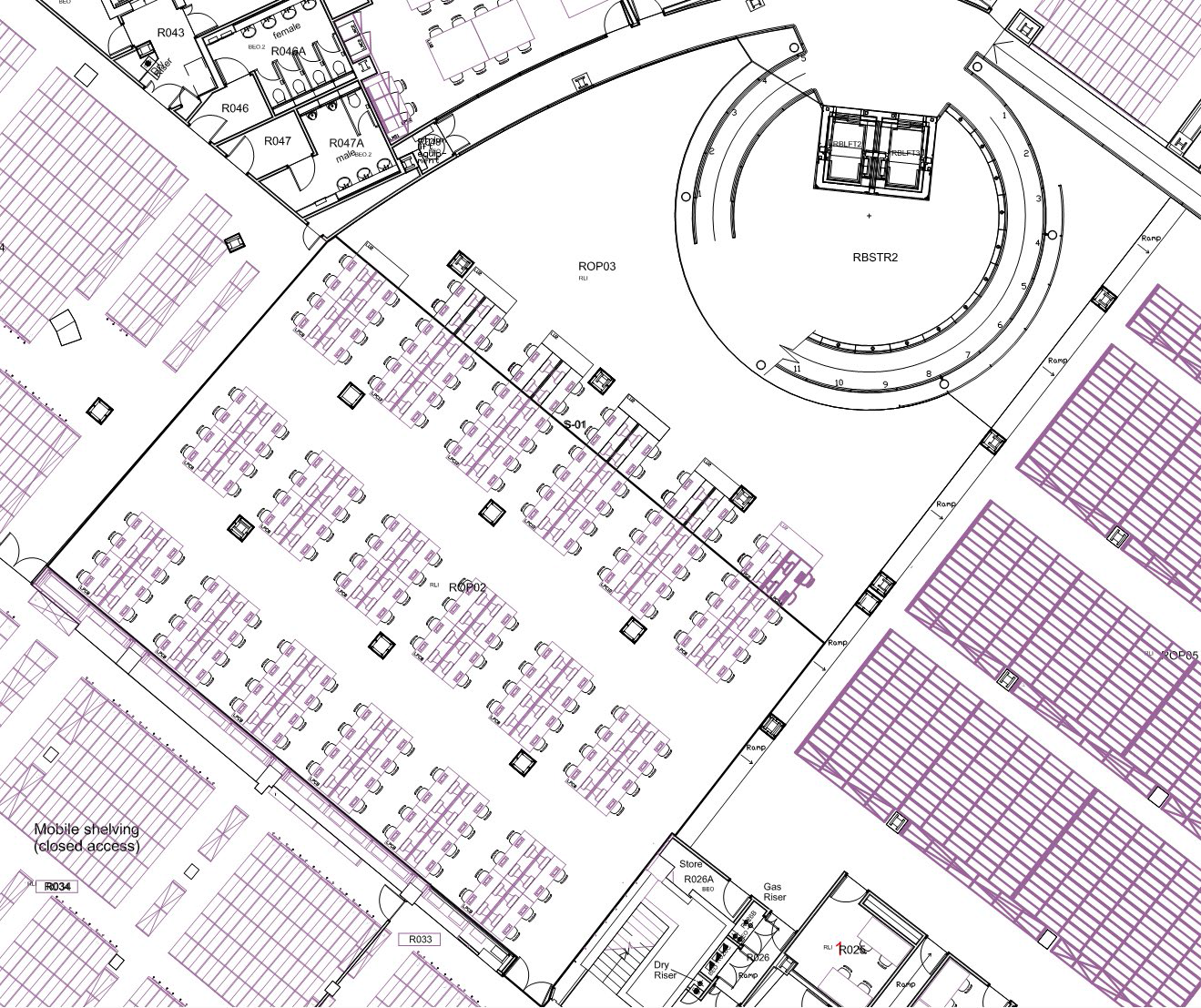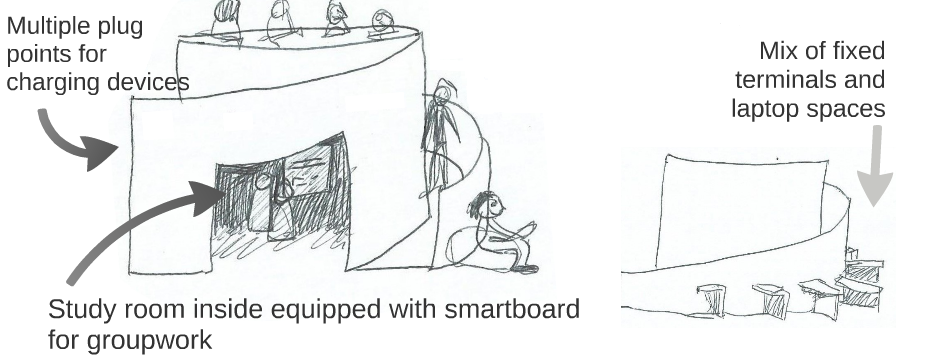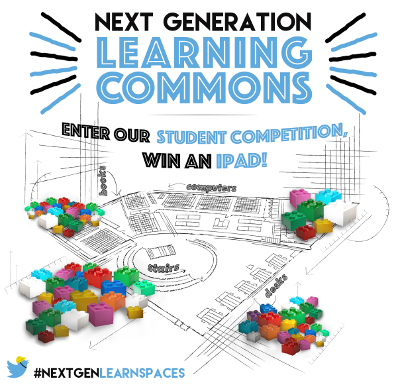In the 2015-2016 academic year, staff at LTI undertook an evaluation of the impact of new LSE classrooms on teaching and learning. The findings and lessons learnt can be found in our final report. Here are the highlights.
Background
As part of a “comprehensive review and rethinking of what space means to teaching and learning” at the LSE, new spaces were redeveloped and opened for the 2015-16 academic year. Staff at LTI were involved in the design of 5 different types of space, along with Estates, the Teaching and Learning Centre and AV services. Among them:
- an overflow dining facility transformed into a medium-sized lecture space
- three collaborative computer rooms to replace those lost in the demolition of three campus buildings
- an old parish hall turned into a three-level teaching building with three classrooms designed to accomodate mixed-mode teaching thanks to their cabaret-style layout
Although these classrooms are very different to each other in terms of design, purpose and capacity, they were developed as a result of the common intention to “experiment with modern, pedagogically-sound approaches to learning space design”. LTI’s report investigates the impact that these new spaces have had on teaching and learning.

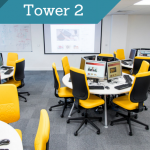
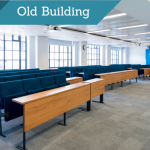
Click on the pictures for a description of each space and the design intentions
Findings
One finding common to all three types of space is that they did have an impact on both teachers and students, mostly through the furniture and its arrangement as well as the atmosphere created.
Layout
Findings for the three types of rooms highlight that the layout played an important part in rethinking the teacher/students and student/student dynamic.
The layout for the Parish Hall rooms was found to “enable seamless transition from teacher-led to student-centred learning”, allow teachers to move around the room, and encourage student discussion thanks to the informal feel, praised by a vast majority of respondents. Many positive comments were made by teachers on the rooms’ arrangement:
“The fact that the tables are laid out like that does make you think: well, how should I use them?”
“It was a really good class set up for group discussion”
“Frontal lecture arrangements (row layout) where everyone watches the teacher are a lot more impersonal. It doesn’t matter where you sit because there is no emphasis on social interaction. PAR by contrast, with those collaborative tables, recognizes every person as part of the arrangement.”
Teacher feedback for the collaborative computer rooms also indicates that the layout “would send a clear message to students, namely that the course is likely to involve collaboration“. Unfortunately, factors such as a lack of space and screens hindering conversations across table somewhat reduced the impact.
“So in terms of their [students] collaboration, I think that as soon as they enter the TW2 room they know what is expected of them. So intuitively, it is a suggestion to them that this is a joint class work type of exercise.”
Finally, the report suggest that the main intention for the lecture space to “create a layout where teachers feel close to students and vice versa has largely been met”
Atmosphere
The choice of furniture type combined with the layout and aesthetic considerations contributed to create a favourable atmosphere for students and teachers to work in.
Both lecture and Parish Hall spaces were identified by a great number of students as being a nice space to study in, with the two main adjectives used in the surveys being “bright” and “comfortable”. They also found the environment for the PC classrooms “visually bright and appealing”.
Some teachers also recognised the importance of the atmosphere set by the space, mostly with the Parish Hall rooms:
“I feel a lot more optimistic in that room, you feel like you are in a professional atmosphere, there a high ceiling, light – it helps my morale.”
“I also like the fact that it’s airy and light that’s important. It’s important in term of how you feel, how the students feel in the classroom.”
“PAR [the Parish Hall rooms] recognizes every person as part of the arrangement which makes it more homely in a way”
Report
More information about the rooms, findings and our analysis can be found in the full report: Teaching spaces design and development at LSE: An evaluation of impact on teaching and learning
LTI is planning to carry out evaluation of two more spaces in the next academic year:
- 3 collaborative seminar rooms
- a modern language learning space/open-access PC room
Findings from this overall evaluation will inform the design of new spaces to be developed at the LSE as part of the School’s comprehensive review and rethinking of what space means to teaching and learning.
We would love to hear your feedback, please use the comments below or email LTI to share your thoughts!


